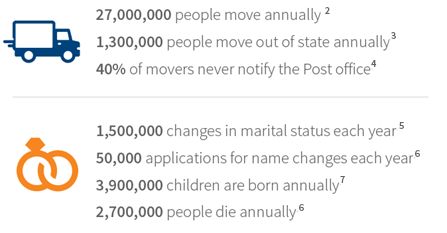Member engagement has been shown to improve treatment outcomes, improve satisfaction, reduce anxiety and reduce costs from readmissions. Effective member engagement is the ideal for where healthcare and value-based care is taking us, but it has many aspects that must be managed to be effective.
When you consider the experience of an individual in the healthcare system, it includes website interactions, administrative experiences, individual healthcare providers and factors such as if they have family support and transportation to a drugstore. These all matter in a healthcare experience.
One thing is certain, communicating with members is foundational to member engagement. You must meet your members where they are. For some, your website will be the best way while others may prefer a phone call because they feel more comfortable speaking to a person.
Reaching the right people
Health plans are challenged with reaching the right people with the right message that will help them manage their healthcare. Members all have different needs. For example, those with chronic conditions may need more assistance from their health plan.
You can use social determinants of health (SDoH) data to target a message that may be impactful to a specific population. If you want to help improve the health of a population of diabetics, you can choose your message based on SDoH factors. For a diabetic, medication adherence and motivation to use it are important. But what if they don’t have transportation? And what if they don’t have social support, like someone who can take them to the pharmacy or help them stay on schedule with medications if needed? These factors can have a role in health outcomes for your members.
Using SDoH data in your member engagement allows you to address specific issues for specific populations. It also helps you extend other services through community-based organizations that might help overcome some of the challenges your members have.
Inaccurate contact information as a barrier to health outcomes
A lot of work is invested in engaging your members, including outreach. Anyone that works with member contact information knows that it changes over time. People move, change phone numbers and addresses, and more:

When thinking about reaching out to your members, not only consider the members you’re serving but also the data that can complete the member profile. Data can help you plan strategic communications and be efficient with your resources. Using updated contact information for your member engagement initiatives will minimize time and money wasted on unanswered calls, emails or bad addresses.





